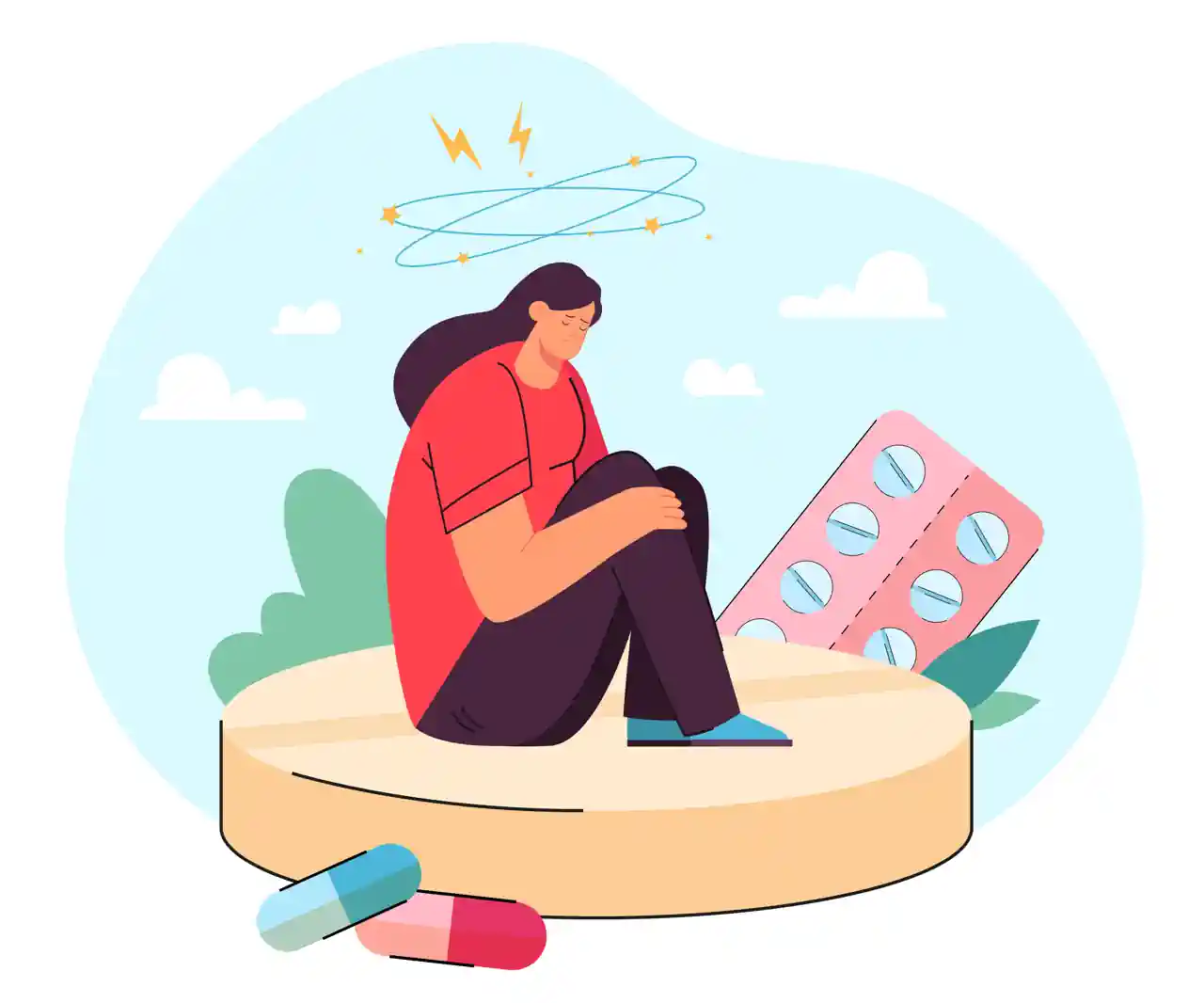Iron deficiency anemia is a common and often overlooked health issue that can have a significant impact on your well-being. In this article, we’ll explore the symptoms of iron deficiency anemia and how adopting a healthy lifestyle can help prevent and manage this condition.
What Is Iron Deficiency Anemia?
Iron deficiency anemia occurs when your body doesn’t have enough iron to produce adequate red blood cells. Red blood cells play a crucial role in carrying oxygen throughout your body. Without enough iron, your body can’t make sufficient hemoglobin, the protein in red blood cells responsible for oxygen transport.
Common Symptoms of Iron Deficiency Anemia
Recognizing the symptoms of iron deficiency anemia is vital for early diagnosis and treatment. Some common indicators include:
Fatigue
Feeling unusually tired or fatigued is one of the most common symptoms. When your body lacks iron, it can’t transport enough oxygen, leading to a constant sense of exhaustion.
Pale Skin and Nails
Iron deficiency can lead to paleness in your skin and the beds of your nails. This occurs because less oxygen is reaching these areas.
Shortness of Breath
Due to the reduced oxygen-carrying capacity of your blood, you may experience shortness of breath, especially during physical activities.
Headaches and Dizziness
Insufficient oxygen in the brain can result in headaches and dizziness, making it difficult to concentrate and stay alert.
Cold Hands and Feet
Poor circulation due to anemia can cause your extremities to feel cold and numb.
Craving Non-Food Items (Pica)
A strange symptom known as pica may occur, leading you to crave and consume non-food items like ice, dirt, or paper.
Brittle Nails
Iron deficiency can also make your nails more brittle and prone to breaking.
Increased Heart Rate
Your heart may beat faster than usual in an attempt to compensate for the lack of oxygen in your body.
Restless Leg Syndrome
Iron deficiency anemia has been linked to restless leg syndrome, causing uncomfortable sensations in your legs and a strong urge to move them.
Adopting a Healthy Lifestyle to Prevent and Manage Iron Deficiency Anemia
While iron deficiency anemia can be a serious condition, it is often preventable and manageable by making healthier choices in your lifestyle. Here are some key steps to consider:
Eat an Iron-Rich Diet
Incorporate iron-rich foods into your daily meals, such as lean meats, poultry, fish, beans, lentils, tofu, spinach, and fortified cereals. Pairing these foods with vitamin C-rich options can enhance iron absorption.
Consider Iron Supplements
If you have a diagnosed iron deficiency, your healthcare provider may recommend iron supplements. Always follow their guidance on the proper dosage.
Manage Menstrual Bleeding
If you experience heavy menstrual bleeding, consult your healthcare provider for strategies to manage it effectively.
Avoid Excessive Tea and Coffee
Tannins in tea and coffee can hinder iron absorption. Limit your consumption, especially during meals.
Don’t Forget Vitamin B12 and Folate
Deficiencies in vitamin B12 and folate can mimic the symptoms of iron deficiency anemia. Ensure you’re getting an adequate supply of these nutrients.
Consult a Healthcare Professional
If you suspect you have iron deficiency anemia or are experiencing related symptoms, consult a healthcare professional for proper diagnosis and treatment.
By being proactive in adopting a healthy lifestyle and recognizing the symptoms of iron deficiency anemia, you can maintain your well-being and prevent this condition from affecting your daily life.
Sources:
- Mayo Clinic – Iron Deficiency Anemia
- National Heart, Lung, and Blood Institute – Iron-Deficiency Anemia
Remember that early detection and management are key in addressing iron deficiency anemia, so don’t hesitate to seek professional guidance if you suspect you may be at risk.

